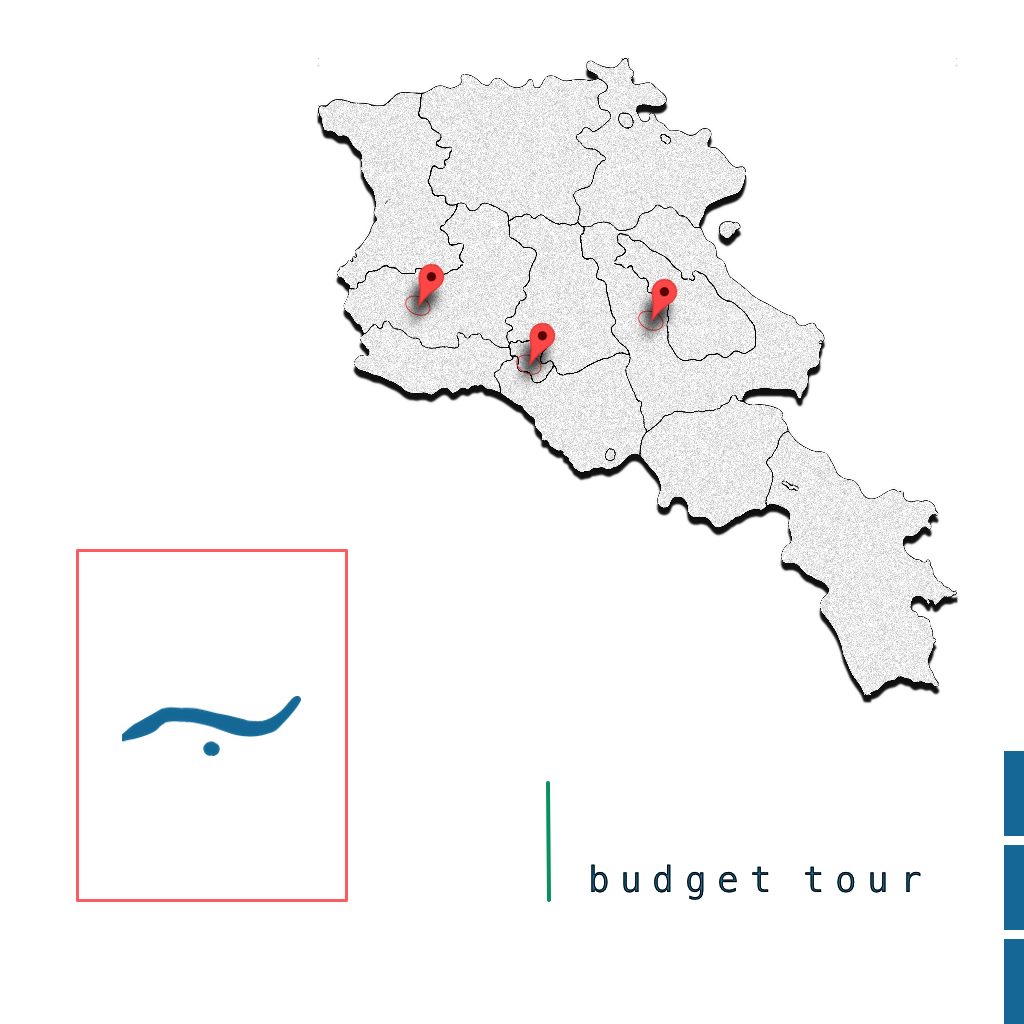From Ancient Echoes to Modern Stages
The story of Balkan music begins long before borders. Ancient Thracian and Illyrian tribes performed ritual music with flutes, drums, and early string instruments. Later, the Byzantine Empire spread liturgical chant across the region, introducing scales and modes that still shape melodies today.
The Ottoman Empire’s five centuries of influence left a deep mark. New rhythms, microtones, and instruments — like the tambura and tapan — blended with existing folk traditions. Urban music flourished in cities like Sarajevo and Skopje, while village songs preserved the old styles of storytelling and dance.
In the 20th century, national folk ensembles and ethnomusicologists began documenting and arranging traditional music. Recordings by the Bulgarian State Television Female Vocal Choir and Yugoslav brass bands introduced global audiences to the complexity and beauty of Balkan sound. Today, the music continues to evolve — sampled in electronic tracks, played in symphony halls, and performed in village squares.
Sounds of the Land: Traditional Instruments
The sound of the Balkans is inseparable from its instruments. Many were born from rural life — shepherds’ flutes, bagpipes, and handmade strings — and still define the region’s sonic identity.
- Gaida: The Balkan bagpipe, often made from goatskin, produces a steady drone beneath winding melodies. It’s a symbol of rural tradition and mountain life.
- Kaval: An end-blown wooden flute with a haunting, breathy tone, capable of both solo improvisation and ensemble play.
- Gadulka: A bowed string instrument used widely in Bulgaria, its sound is both earthy and lyrical.
- Tambura / Tamburica: A plucked string instrument found throughout the Balkans, varying in size and tuning. It provides rhythm and harmony in both folk and urban music.
- Tupan: A double-headed drum played with two sticks — one thick, one thin — creating the driving beat for dance rhythms.
- Brass: Trumpets and tubas became central in Serbia’s and Macedonia’s folk festivals, creating the explosive energy of modern Balkan brass bands.
Composers and Modern Innovators
While much of Balkan music comes from anonymous folk creators, the 20th and 21st centuries brought a wave of composers and artists who bridged traditional sounds with new genres.
- Pancho Vladigerov (Bulgaria): Blended Bulgarian folk motifs with classical orchestration, helping shape the country’s national musical identity.
- Kiril Džajkovski (North Macedonia): Pioneer of Balkan electronic music, combining folk instruments with dance beats and cinematic scoring.
- Boris Kovač (Serbia): Composer and multi-instrumentalist whose work spans jazz, experimental, and traditional idioms.
- Goran Bregović (Bosnia and Herzegovina): Known for bringing Balkan brass and folk melodies to global stages through film soundtracks and world tours.
- Esma Redžepova (North Macedonia): The “Queen of Romani Music,” whose powerful voice and humanitarian legacy made her a Balkan icon.
Where to Experience Balkan Music
The best way to understand Balkan music is to experience it live. Whether in a mountain village or a capital city club, performances blur the line between audience and artist — everyone participates.
- Guča Trumpet Festival (Serbia): The world’s largest brass music event — thousands of musicians and revelers celebrating nonstop rhythm.
- Koprivshtitsa National Folk Festival (Bulgaria): A vast open-air event held every five years, showcasing hundreds of village groups performing authentic songs and dances.
- Ohrid Summer Festival (North Macedonia): Combines classical, folk, and contemporary performances against the backdrop of ancient lakeside stages.
- Plovdiv Old Town (Bulgaria): Evening concerts in Roman theaters and cobbled courtyards connect ancient history to living tradition.
- Local taverns and weddings: Across the Balkans, the tavern (*kafana* or *mehana*) remains a stage for spontaneous music, where anyone with a voice or instrument joins in.
How to Listen
Balkan music isn’t just heard — it’s felt. Listen for the asymmetry in rhythm, where dances flow in 7/8 or 9/8 instead of the usual 4/4. Notice how singers slide between notes, blending modal scales with emotional intensity. And pay attention to the dialogue between instruments — each voice answering, teasing, echoing the other.
Above all, remember that this music was born from community — from weddings, harvests, and gatherings where everyone had a part to play. Even today, that sense of participation remains its heartbeat.
The Living Pulse of the Balkans
Balkan music is more than tradition; it’s survival through song. It carries the stories of shepherds, poets, and rebels, shaped by centuries of change yet still unmistakably local. From brass bands to electronic remixes, from sacred chants to street dances, the region’s rhythms continue to move both body and soul.
To hear Balkan music is to hear history still in motion — rough-edged, beautiful, and alive.






